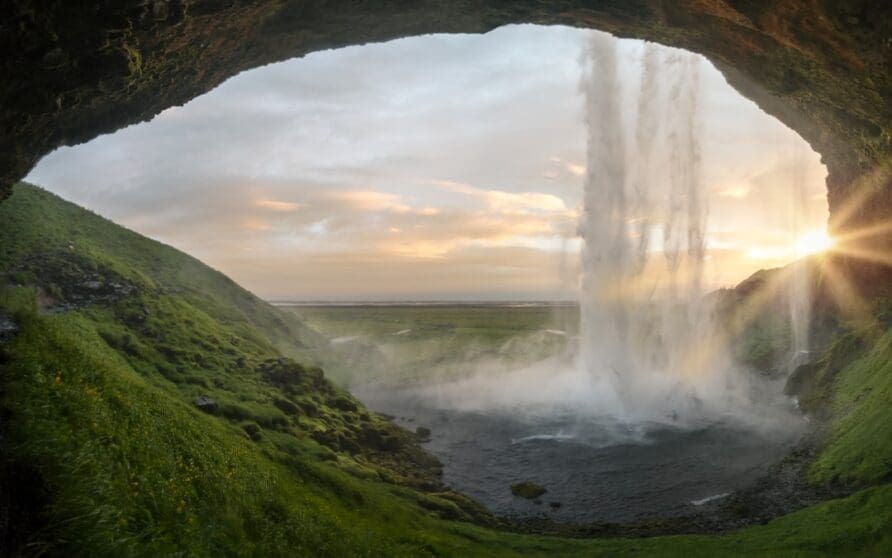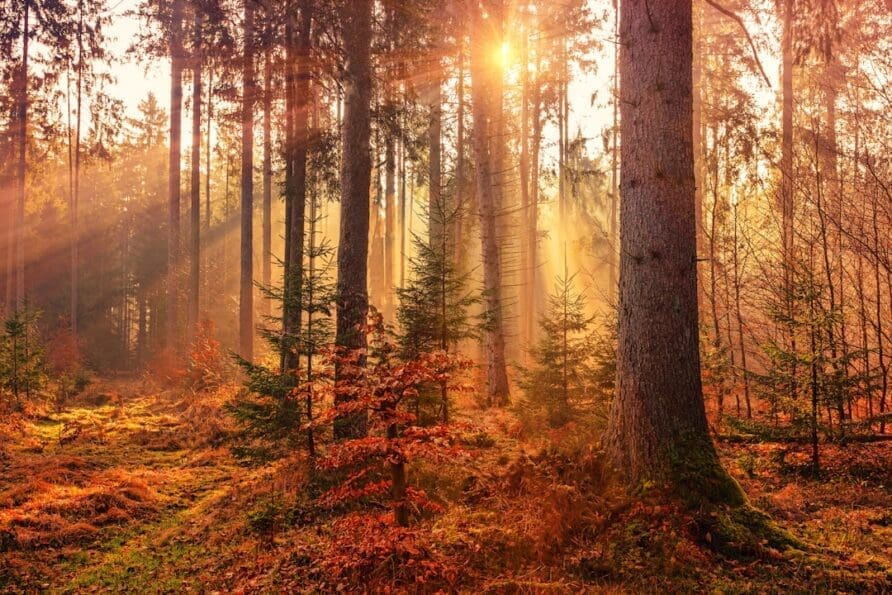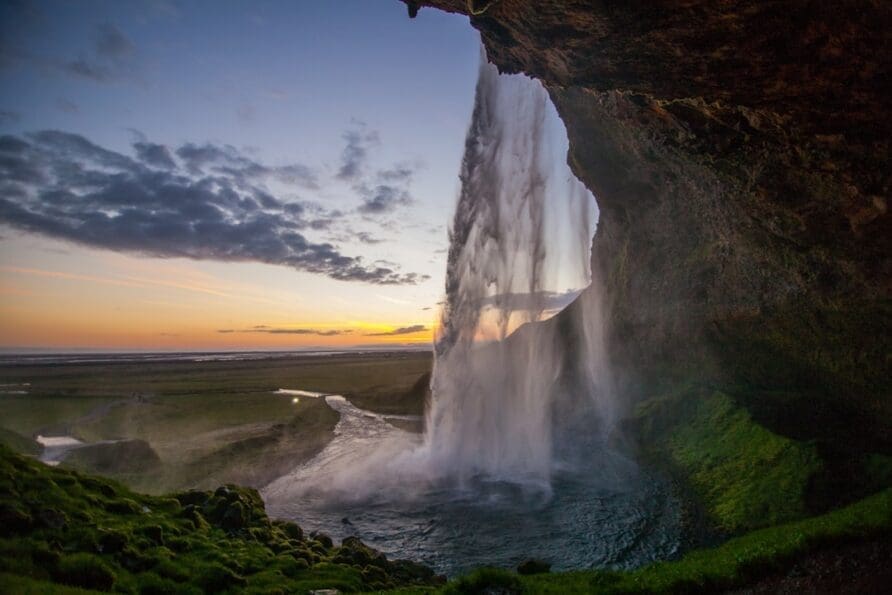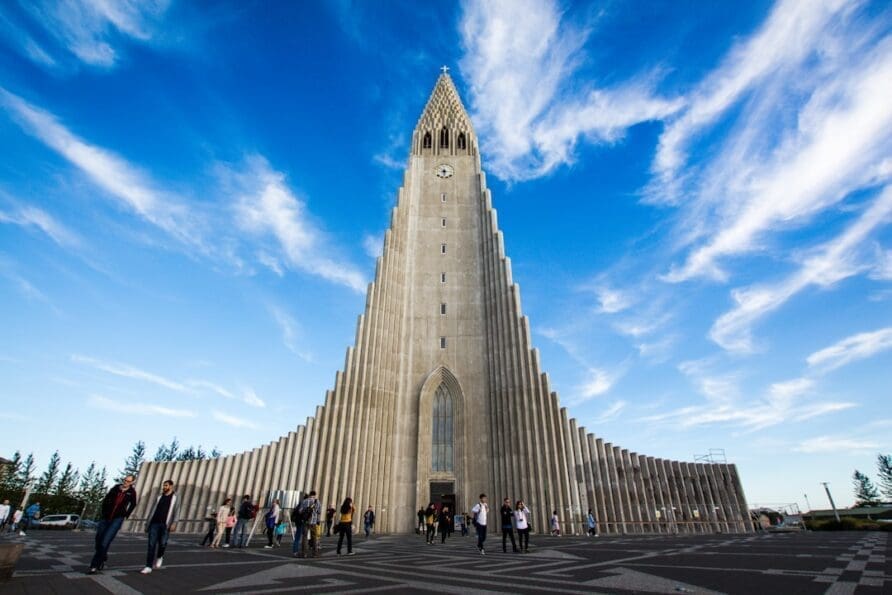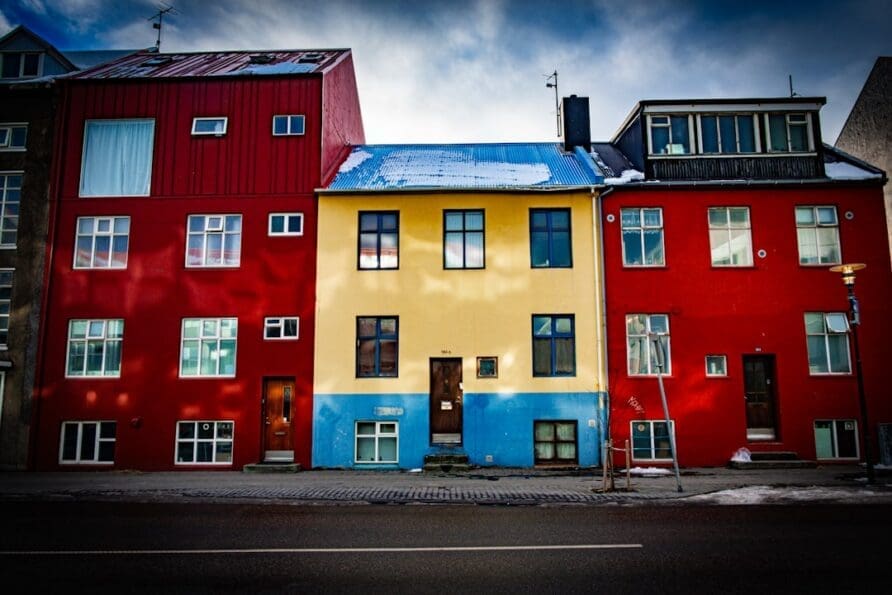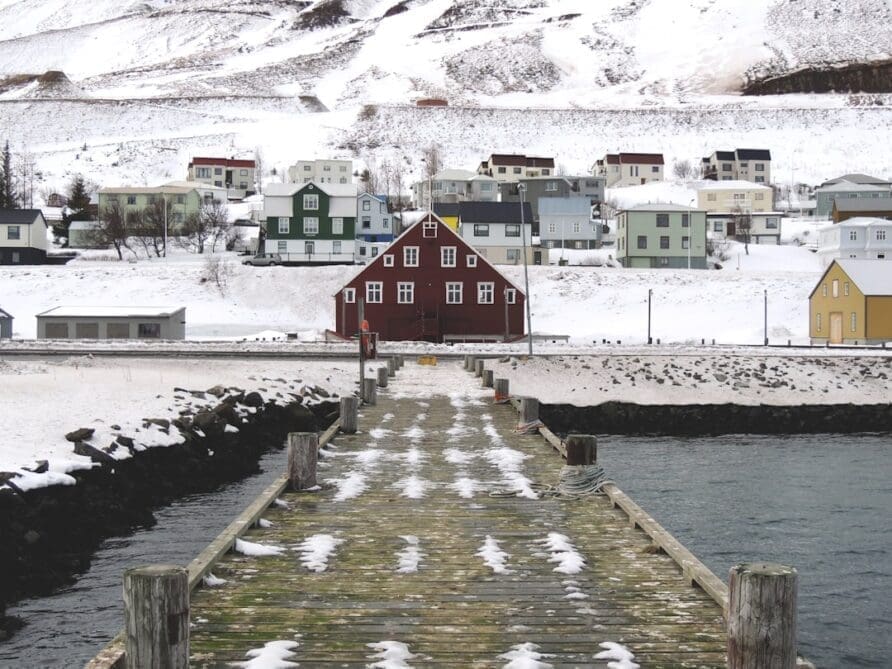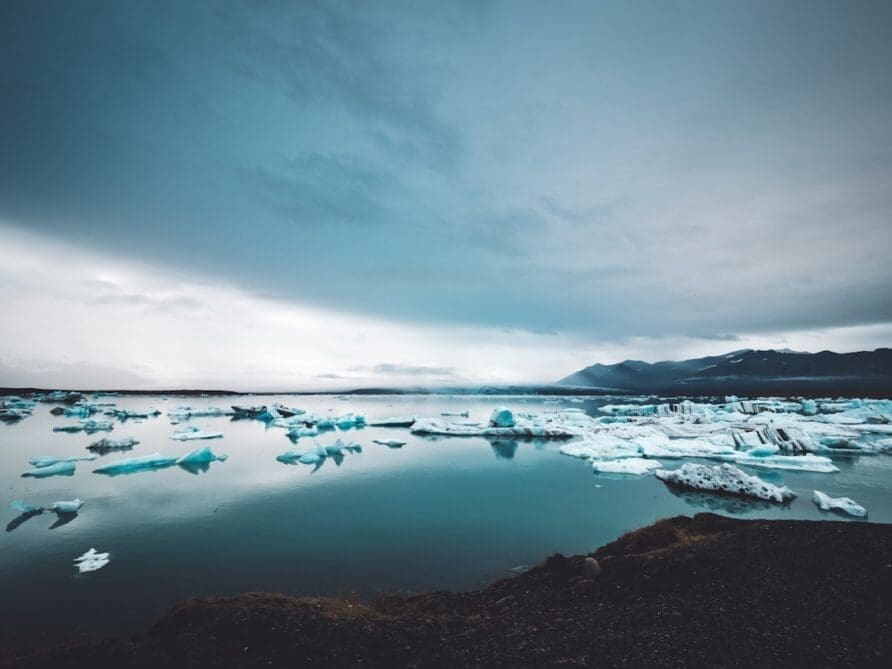Experiencing the Northern Lights in Iceland is a dream come true for many travelers. The ethereal dance of the auroras across the night sky is a sight to behold, and capturing this natural wonder on camera can be equally rewarding. Here’s a comprehensive guide on how to photograph the Northern Lights in Iceland, ensuring you return home with stunning images and unforgettable memories.
1. Choose the Right Time and Location
The Northern Lights are most visible between September and April, with peak activity occurring during the winter months. To maximize your chances of witnessing this phenomenon, head to locations with minimal light pollution. Ourhotels.is offers prime accommodations in remote areas such as Ísafjörður, Stykkishólmur, and Hrífunes close to Vík, providing excellent vantage points for aurora viewing.
2. Check the Aurora Forecast
Before venturing out, check the aurora forecast to determine the likelihood of seeing the Northern Lights. Websites like the Icelandic Met Office provide real-time updates on aurora activity and cloud cover. A clear, dark sky is essential for optimal viewing and photography.
3. Use the Right Equipment
To capture the Northern Lights effectively, you’ll need a camera with manual settings, a sturdy tripod, and a wide-angle lens with a fast aperture (f/2.8 or lower). A remote shutter release or intervalometer can also be helpful to minimize camera shake during long exposures.
4. Camera Settings
Set your camera to manual mode and adjust the following settings:
- Aperture: Use the widest aperture possible (f/2.8 or lower) to allow maximum light into the camera.
- ISO: Start with an ISO of 1600 and adjust as needed. Higher ISO settings can capture more light but may introduce noise.
- Shutter Speed: Begin with a shutter speed of 10-20 seconds. Experiment with longer or shorter exposures based on the intensity of the auroras.
- Focus: Set your lens to manual focus and focus on a distant light source or the stars. Use live view and zoom in to ensure sharp focus.
5. Composition Tips
Incorporate interesting foreground elements to add depth and context to your photos. Iceland’s diverse landscapes, such as the dramatic cliffs of Drangshlíð or the serene waters of Hvítá in Borgarfjörður, provide stunning backdrops for your aurora shots. Experiment with different angles and perspectives to create unique compositions.
6. Be Patient and Prepared
Photographing the Northern Lights requires patience and perseverance. Dress warmly, bring extra batteries (cold weather drains them quickly), and be prepared to wait for the perfect moment. The auroras can be unpredictable, but the reward of capturing their beauty is well worth the effort.
7. Post-Processing
Once you’ve captured your images, use photo editing software to enhance the colors and details. Adjust the white balance, contrast, and noise reduction to bring out the best in your photos. Remember to keep the edits natural to preserve the authenticity of the scene.
For those looking to enhance their Northern Lights experience, consider joining a guided tour with Troll Expeditions. Their expert guides can take you to the best locations and provide valuable tips for capturing the auroras.
With the right preparation and techniques, you can create breathtaking images of the Northern Lights that will be cherished for a lifetime. Book your stay with Ourhotels.is and embark on an unforgettable journey to witness one of nature’s most spectacular displays.

